4 Best Mutual Funds for Foreign Stocks
Tap into overseas markets with the wisdom of these four funds' managers.


Remember the lost decade for U.S. stocks? From 2000 through 2009, the total return including dividends of Standard & Poor’s 500-stock index was a negative 9.1%, or an annualized loss of 0.95%.
“Today, we’re about to see another lost decade,” reports Jeff DeMaso, research director for the Independent Adviser for Vanguard Investors. “But this time it’s overseas.”
Of course, 2009 proved a wonderful year to buy U.S. stocks because the S&P 500 hit bottom on March 9, 2009, and is now closing in on eight straight years of gains. DeMaso argues that similarly, this year may well prove to be a propitious time to buy foreign stocks. I couldn’t agree more.

Sign up for Kiplinger’s Free E-Newsletters
Profit and prosper with the best of expert advice on investing, taxes, retirement, personal finance and more - straight to your e-mail.
Profit and prosper with the best of expert advice - straight to your e-mail.
The divergence between foreign stocks and U.S. stocks has been stunning. Over the past 10 years, the S&P 500 has returned an annualized 7.2%. During that same stretch, the MSCI EAFE index of foreign stocks in developed countries has returned a meager 1.1% annualized. And the MSCI Emerging Markets index has done little better, returning an annualized 2.6%. Because stocks around the globe peaked in October 2007 before plunging into the worst bear market since the Great Depression, 10-year returns for foreign stocks are virtually certain to be underwater by this fall. (All returns in this article are through January 26.)
But expecting recent past performance to continue into the indefinite future is a classic investing mistake. I believe investors should always stay widely diversified, then put a little extra into parts of the market that are statistically cheap. Add a ton of patience and you’ll almost certainly wind up ahead over the long run.
Today foreign stocks are remarkably cheap relative to U.S. stocks. On earnings over the past 12 months, the S&P currently trades at a price-earnings ratio of 23—higher than at any previous time except during the tech bubble of the late 1990s. Meanwhile, the MSCI EAFE index trades at a price-earnings ratio of 20—pricey, but not ridiculous. Emerging markets are cheap at 14 times trailing earnings.
Doug Ramsey, chief investment officer of the Leuthold Group, an investment research firm, looks at an average of earnings over the past four years together with consensus analyst estimates for the coming year. So-called normalized earnings smooth out the peaks and valleys of the economic cycle and are widely considered to be a better gauge of market value than other methods of measuring earnings.
On Ramsey’s calculation of normalized earnings, U.S. stocks trade at a P/E of 22.5, foreign stocks in developed countries trade at a P/E of 16, and emerging markets stocks change hands at a P/E of 11.5.
Of course, overseas stocks aren’t cheap without reason. The European Union is threatened by a wave of nationalism—the same trend that swept Donald Trump into the White House. Japan’s economy faces huge demographic headwinds, mainly due to an aging population. And emerging markets have suffered from a lack of demand from the developed world.
But the stock market is a discounting mechanism, rapidly digesting all available relevant information. That means the bad news is already reflected in share prices, and if the news gets just a bit better than the market expects, foreign stocks will rally.
No one knows when foreign stocks will accelerate or when U.S. stocks will lose their mojo. But history shows that foreign and domestic stocks typically take turns leading each other, often for multiyear periods. Long-term returns for each are roughly the same. Emerging markets are already pulling ahead. Over the past 12 months, they have returned 33.0%—9.7 percentage points better than the S&P. Says Ramsey: “If you have a three- to five-year time horizon, you should do better overseas.”
What to buy? Below are some first-rate choices, starting with the lowest-risk options.
American Funds New Perspective F1 (NPFFX) is the cautious way to play foreign stocks. It invests roughly half of its assets in foreign stocks and half in U.S. stocks. Over the past 10 years, it has returned an annualized 6.3%—an average of 4.9 percentage points per year more than the MSCI All-Country World index. Annual expenses are 0.84%. Like all American funds, it is sold primarily through advisers, but individual investors can buy this and other American funds without paying a sales charge through the Fidelity and Schwab online brokerages.
Fidelity International Growth (FIGFX) manager Jed Weiss looks for unfairly tarnished stocks. Some are out of favor because of industry conditions; others are depressed because of company-specific crises. Over the past five years, the fund has returned an annualized 7.0%—an average of 1.1-percentage point better than the MSCI EAFE index. Weiss currently has 20% of assets in U.S. stocks. The fund is a member of the Kiplinger 25.
American Funds New World F1 (NWFFX) is a longtime favorite of mine. About half of its assets are in emerging markets stocks; the remainder is in multinational companies that do lots of business in emerging markets. The fund has consistently topped emerging markets stocks overall in bad markets and has bested foreign stocks in developed countries in good markets.
Vanguard Total International Stock ETF (VXUS) is a great choice in an index fund. For a mere 0.13% annually, it gives you the entire foreign world, including a 19% weighting in emerging markets. The fund owns some 6,000 stocks. If you don’t like the exchange-traded-fund wrapper, you can buy the fund under the symbol VGTSX for 0.18% annually or at the same price as the ETF through the admiral shares (VTIAX). The admiral shares require a $10,000 minimum investment.
Steve Goldberg is an investment adviser in the Washington, D.C., area.
Get Kiplinger Today newsletter — free
Profit and prosper with the best of Kiplinger's advice on investing, taxes, retirement, personal finance and much more. Delivered daily. Enter your email in the box and click Sign Me Up.

-
 Fired Up By the Masters and RBC Heritage? See These Homes for Sale By Golf Courses
Fired Up By the Masters and RBC Heritage? See These Homes for Sale By Golf CoursesFive homes for sale near golf courses, for people who can't get enough of the tour.
By Alexandra Svokos
-
 The Economic Impact of the US-China Trade War
The Economic Impact of the US-China Trade WarThe Letter The US-China trade war will impact US consumers and business. The decoupling process could be messy.
By David Payne
-
 Stock Market Today: No 'Powell Put'? No Problem
Stock Market Today: No 'Powell Put'? No ProblemInvestors, traders and speculators look beyond both another Trump post and more signs of slowing economic activity.
By David Dittman
-
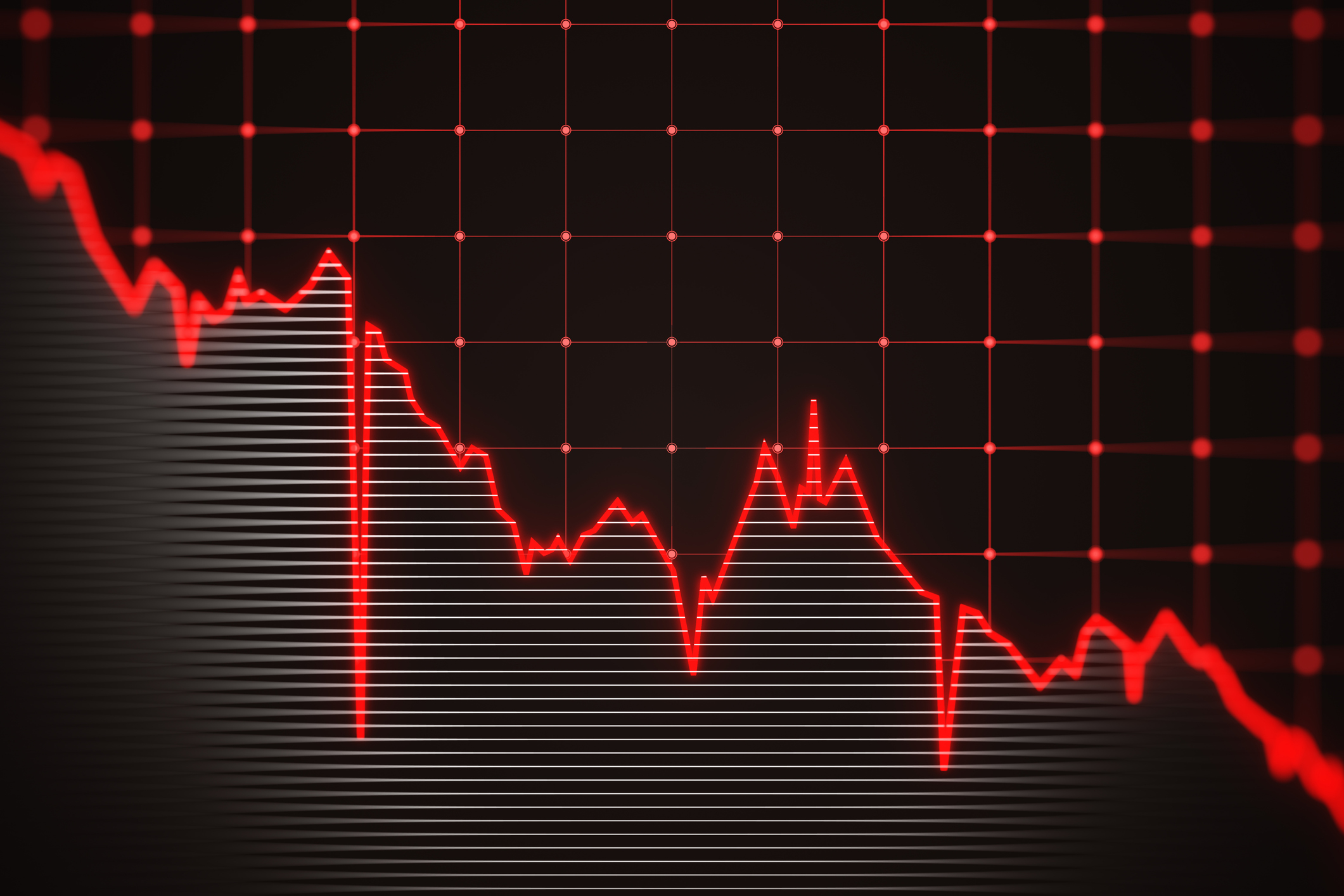 Stock Market Today: Dow Drops 699 Points After Powell Speech
Stock Market Today: Dow Drops 699 Points After Powell SpeechFed Chair Powell warned of a slowing economy and higher inflation but said the central bank isn't ready to cut rates just yet.
By Karee Venema
-
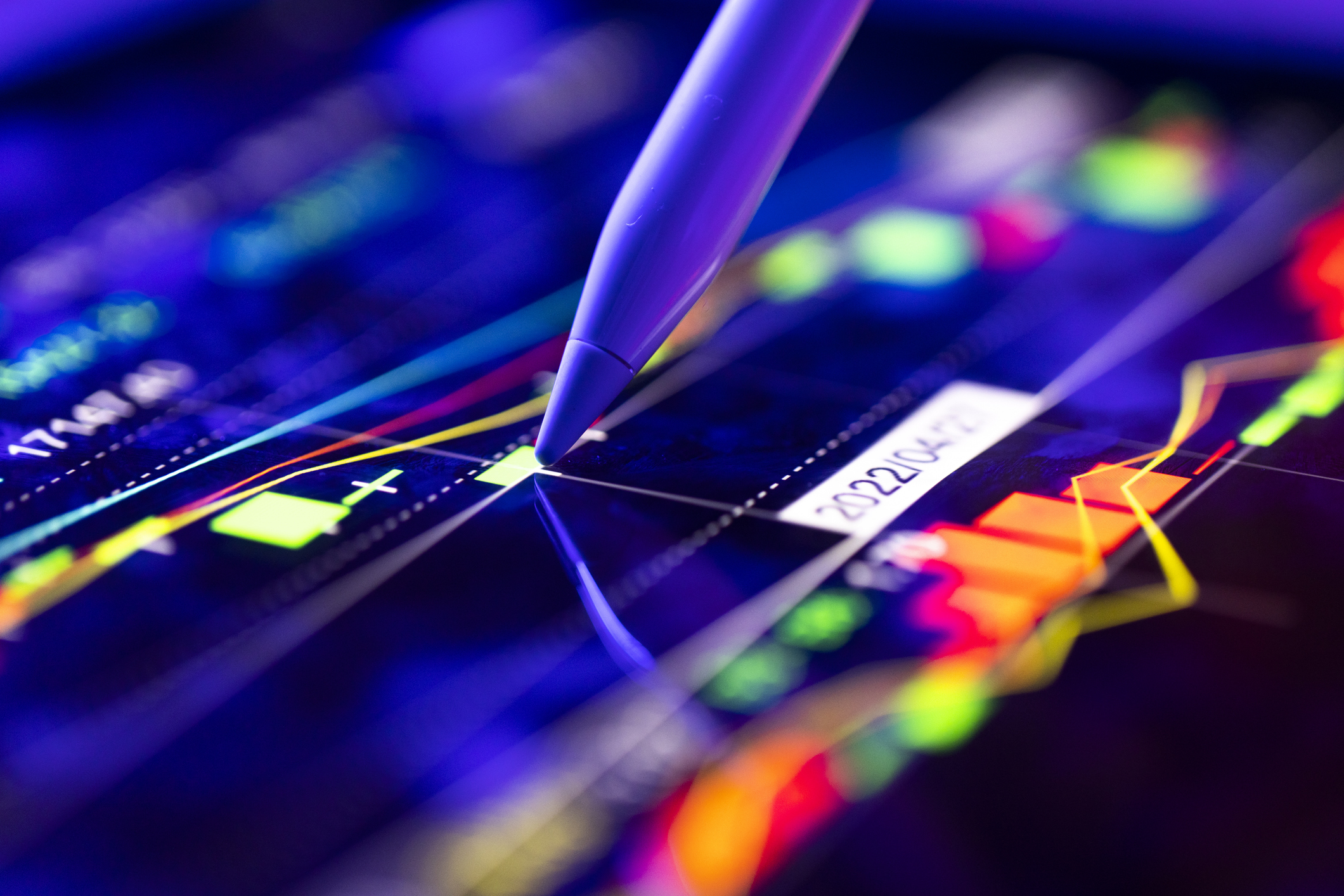 Stock Market Today: Stocks Struggle Amid Tariff Uncertainty
Stock Market Today: Stocks Struggle Amid Tariff UncertaintyBoeing dropped after China suspended new aircraft orders, while Bank of America and Citi climbed on earnings beats.
By Karee Venema
-
 Stock Market Today: Stocks Gain on Tech, Auto Tariff Talk
Stock Market Today: Stocks Gain on Tech, Auto Tariff TalkThe Trump administration said late Friday that it will temporarily halt tariffs on some Chinese tech imports.
By Karee Venema
-
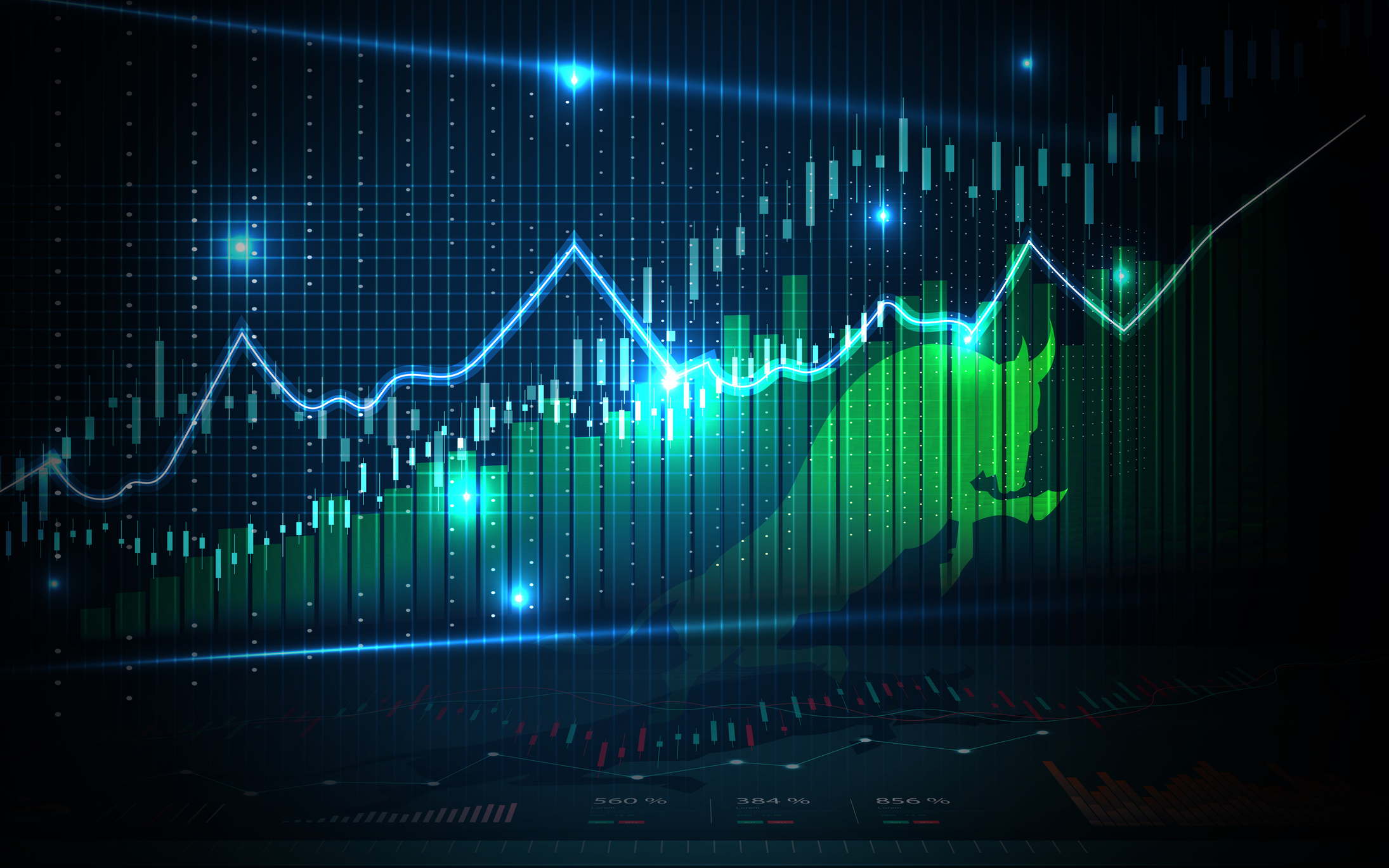 Stock Market Today: Stocks Surge to Close a Volatile Week
Stock Market Today: Stocks Surge to Close a Volatile WeekIt was another day with a week's worth of both news and price action, but it ended on a strongly positive note.
By David Dittman
-
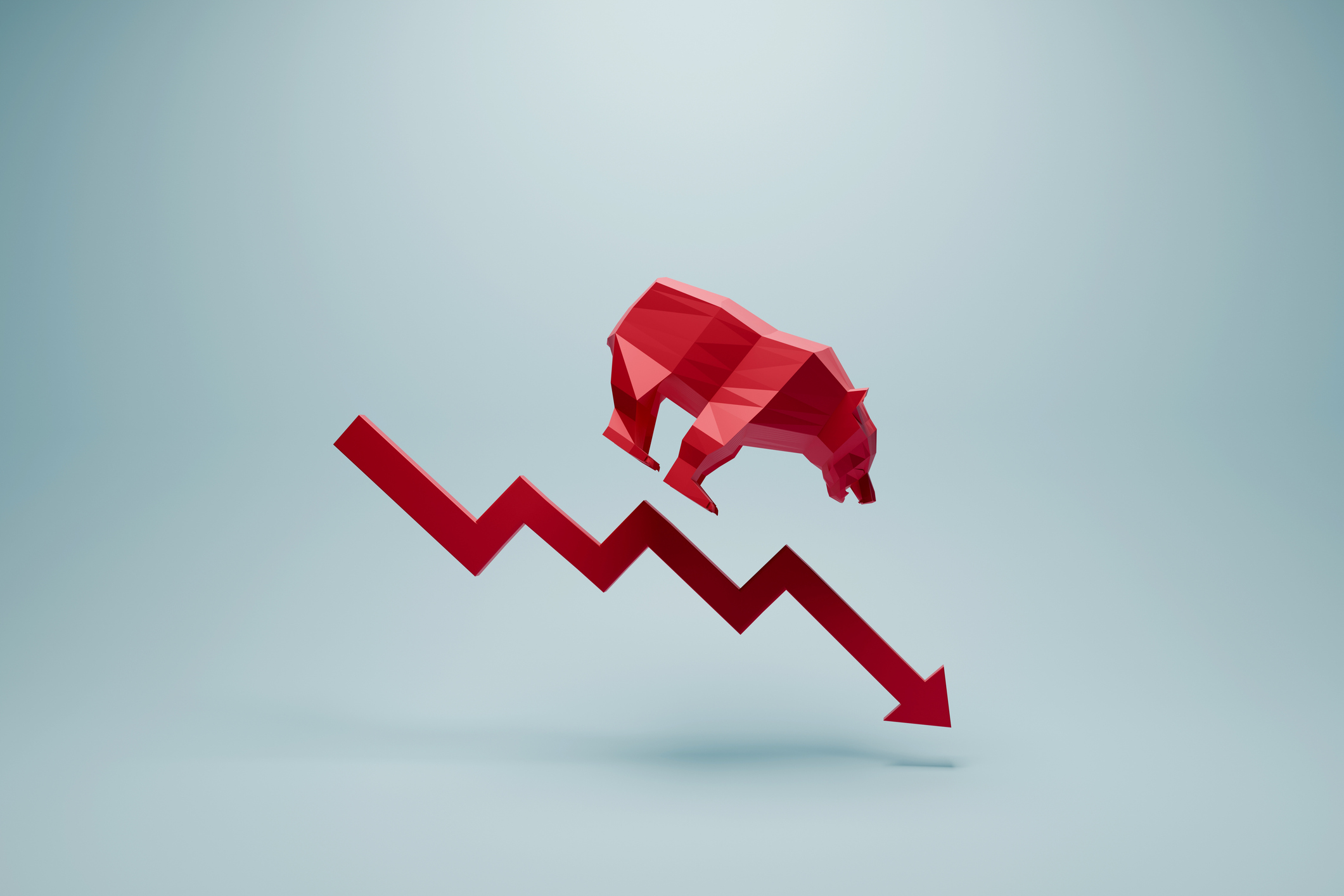 Stock Market Today: Uncertainty Proliferates: Dow Loses 1,014 Points
Stock Market Today: Uncertainty Proliferates: Dow Loses 1,014 PointsWeaker-than-expected consumer inflation data wasn't enough to stabilize sentiment during another volatile day for financial markets.
By David Dittman
-
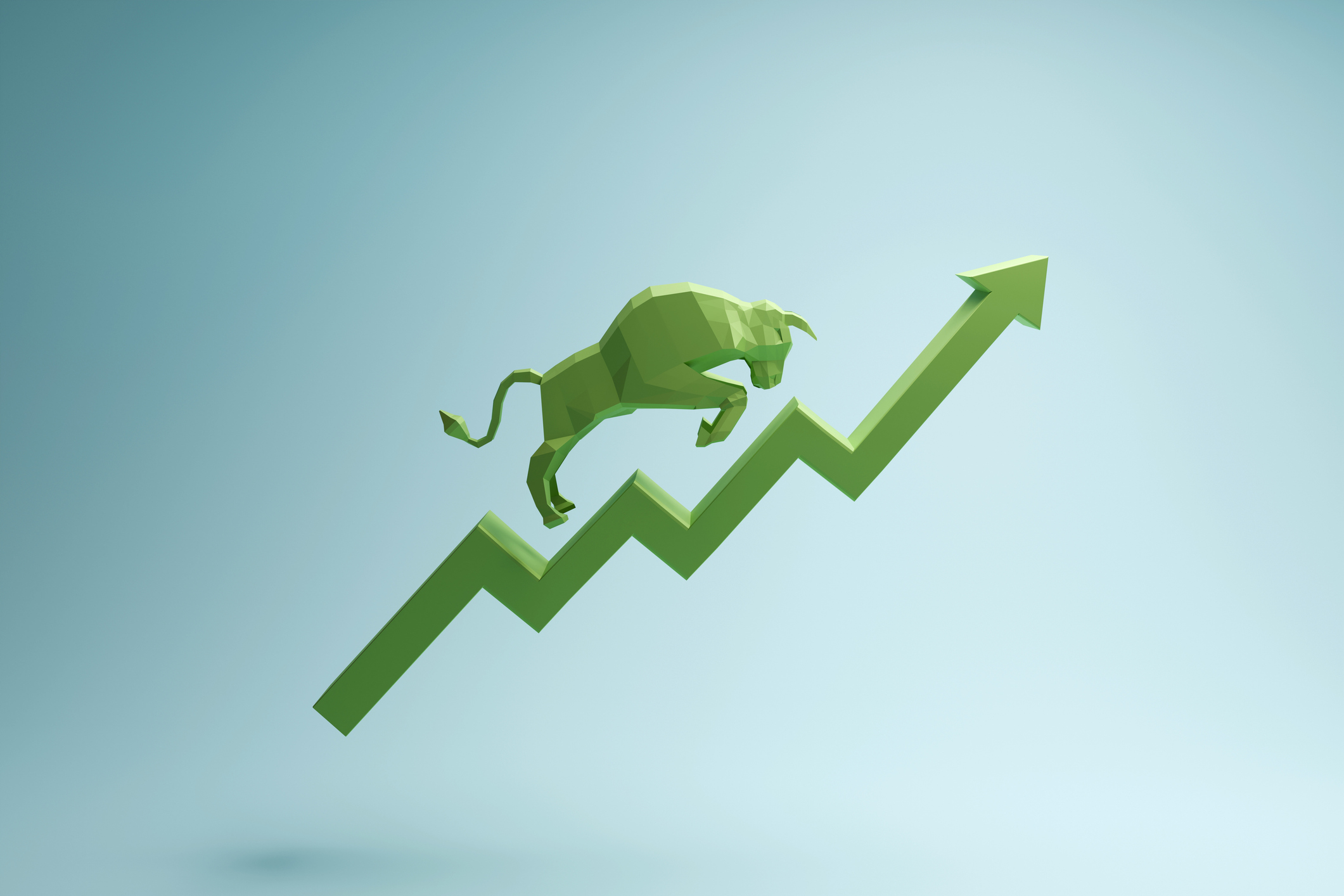 Stock Market Today: Tariff Pause Triggers 3,000-Point Dow Rally
Stock Market Today: Tariff Pause Triggers 3,000-Point Dow RallyThe bond market is sending concerning signals as the Trump administration executes its rapid reordering of global trade relationships.
By David Dittman
-
 Stock Market Today: Tariff Talks Drive Another Up-and-Down Day
Stock Market Today: Tariff Talks Drive Another Up-and-Down DayTrade war negotiations are happening, but the "fear gauge" is gyrating, and investors, traders and speculators are still searching for signs of a bottom.
By David Dittman